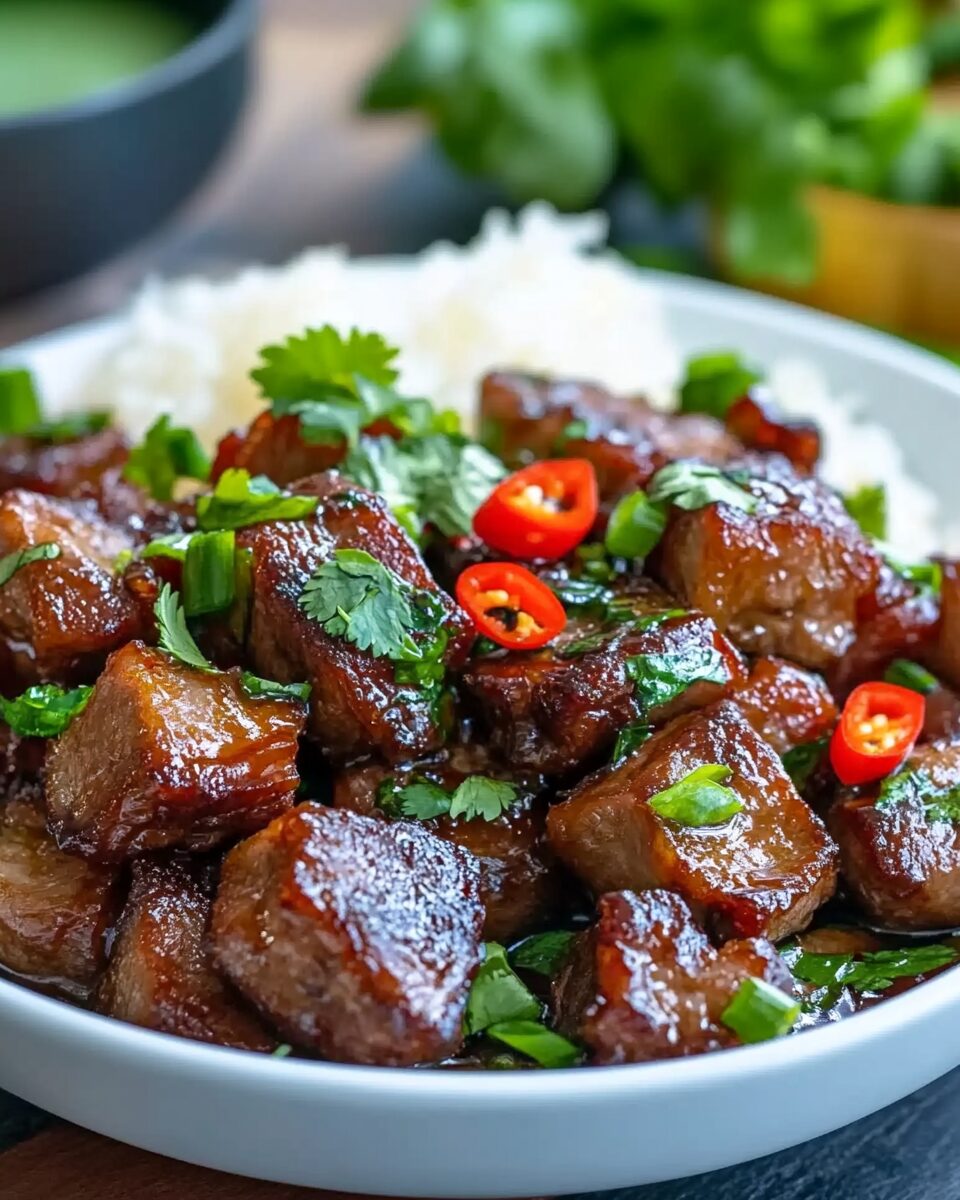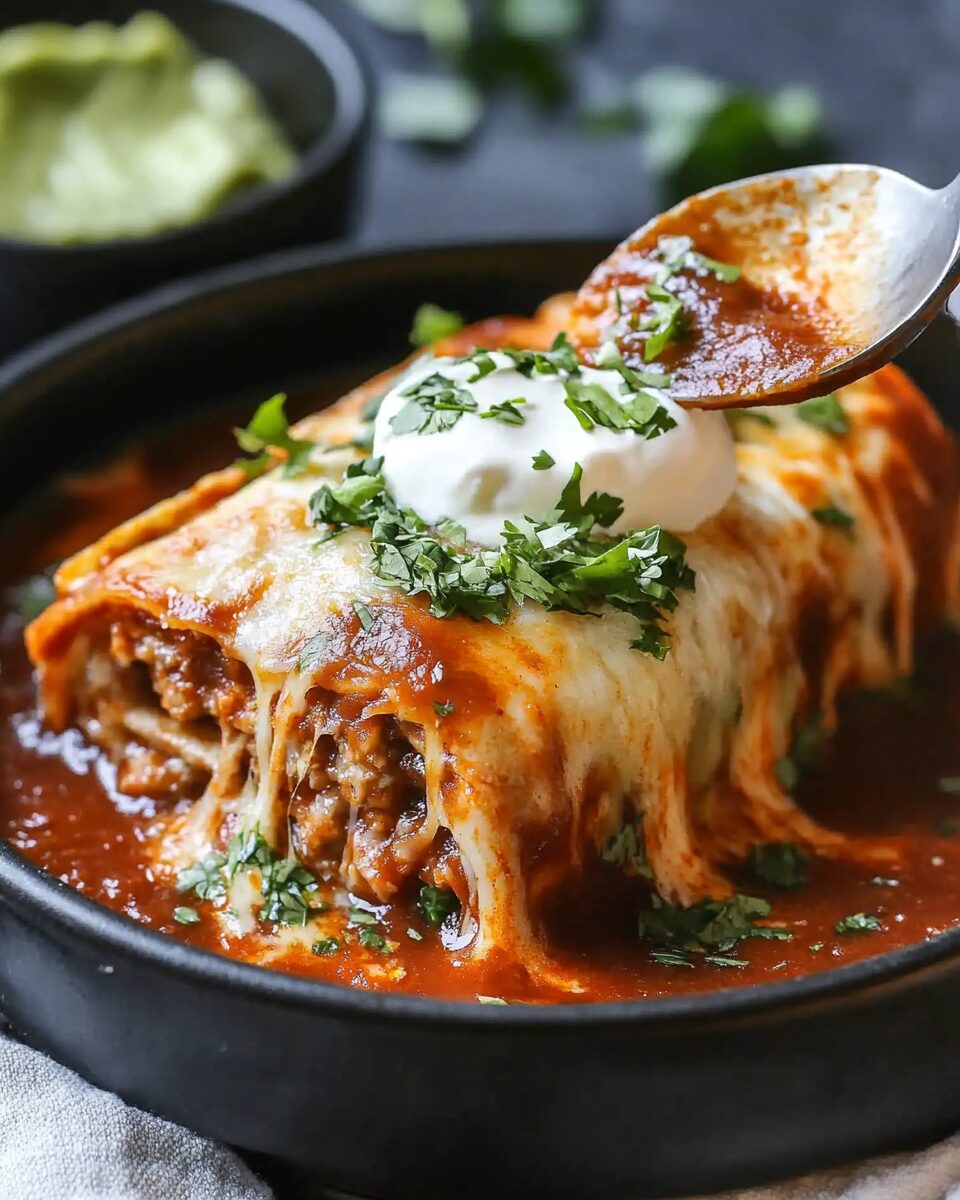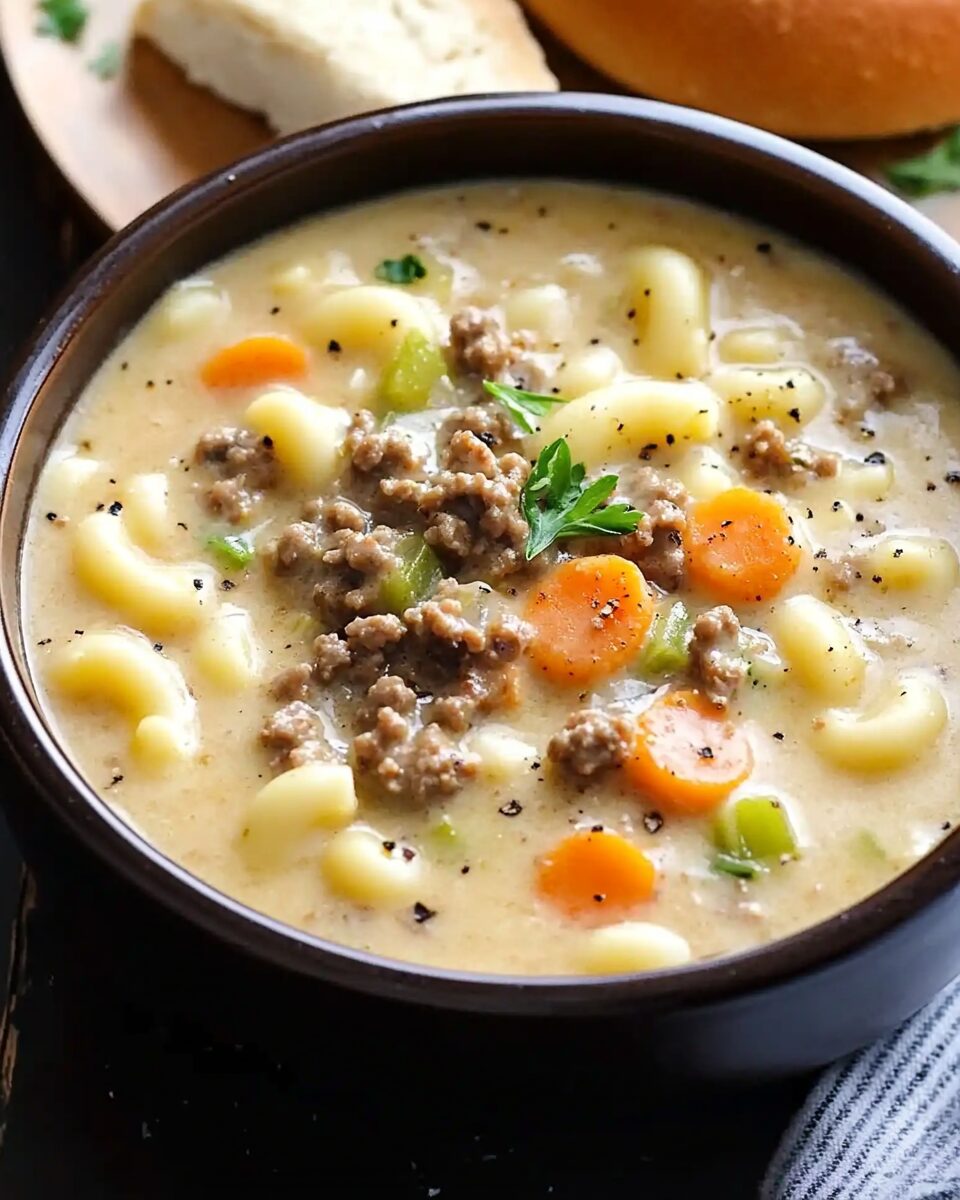Vietnamese Caramel Pork is a rich, savory-sweet dish made with tender pork that’s slowly simmered in a caramel sauce until melt-in-your-mouth delicious. The glossy, sticky glaze is made from a base of fish sauce, sugar, and aromatics, giving the pork deep umami flavor with a hint of sweetness. Perfect with steamed rice and fresh herbs, this comforting classic is a standout in Vietnamese home cooking.
Full Recipe:
Ingredients
-
2 pounds Pork Shoulder or Belly, cut into 1-inch pieces
-
1 cup Sugar
-
½ cup Water
-
1 Onion, diced
-
4 cloves Garlic, minced
-
1-inch piece of Ginger, grated
-
¼ cup Fish Sauce
-
1 tablespoon Soy Sauce
-
½ teaspoon Black Pepper
-
Optional Garnishes: Sliced Green Onions, Red Chili, Cilantro
Directions
-
Make the Caramel:
In a large pan over medium heat, combine sugar and water. Let it simmer until it turns a deep amber caramel color—watch closely to avoid burning. -
Sauté Aromatics:
Add onions, garlic, and ginger to the caramel. Stir quickly to prevent the sugar from hardening. -
Add Pork:
Stir in pork pieces and cook until lightly browned on all sides. -
Season & Simmer:
Add fish sauce, soy sauce, and black pepper. Stir well. Cover and simmer on low heat for 1–1½ hours until pork is tender and sauce is thickened. -
Serve:
Garnish with fresh herbs and chilies if desired. Serve with steamed jasmine rice or rice noodles.
Nutrients (Per Serving, Approximate)
-
Calories: ~450 kcal
-
Protein: ~25g
-
Fat: ~30g
-
Carbohydrates: ~15g
-
Sugar: ~10g
-
Sodium: ~800mg
The Art of Vietnamese Caramel Cooking
At the heart of this dish is a beautifully developed caramel—a method beloved in Vietnamese cuisine for turning simple sugar into a savory-sweet base. Unlike the dessert-style caramel, this one is used as a foundational flavor enhancer. Slowly simmering sugar and water until it turns a deep amber builds complexity, adding notes of smokiness and bitterness that balance the savory punch of fish sauce. When combined with pork, the result is a sauce that clings to each tender piece, delivering a perfect sweet-savory balance with each bite.
The technique may sound intimidating, but it’s surprisingly approachable. The key is patience and a close eye to avoid burning the sugar—once it reaches a rich golden hue, the magic begins.
Why This Recipe Works
This version of Vietnamese Caramel Pork simplifies the process while honoring traditional flavors. Using pork shoulder or pork belly ensures tenderness, as the meat becomes fork-soft after a gentle simmer. The caramel sauce thickens gradually, soaking into the pork while reducing to a sticky, flavor-packed glaze. Fish sauce and soy sauce build layers of umami, while the ginger and garlic infuse the dish with aromatic depth. It’s a masterclass in layering flavors through slow cooking—turning humble ingredients into something extraordinary.
This dish is also a testament to how Vietnamese home cooking emphasizes contrast and balance: richness paired with freshness, salt balanced by sweetness, and warmth offset by cooling garnishes.
Simple Ingredients, Big Flavor
Each ingredient in this recipe has a distinct purpose:
-
Pork Shoulder or Belly: These cuts are ideal for slow cooking—marbled with fat that renders down, ensuring the pork stays juicy and flavorful.
-
Sugar and Water: Form the caramel base that gives the dish its signature glossy finish and sweet depth.
-
Fish Sauce: Provides salty, savory intensity and authentic Vietnamese umami.
-
Soy Sauce: Adds extra depth and balances the brininess of the fish sauce.
-
Onion, Garlic, and Ginger: Classic aromatics that lend bold fragrance and a subtle background warmth.
-
Black Pepper: Adds mild spice and enhances the overall complexity of the dish.
Optional garnishes like scallions, red chilies, and cilantro are more than decoration—they add freshness, heat, and herbaceous lift that cut through the richness of the pork.
Perfect for Weeknight Dinners or Weekend Meal Prep
Although the flavors of this dish are deep and complex, the method is surprisingly straightforward—making it perfect for both weeknight meals and weekend cooking. After preparing the caramel and searing the pork, it’s mostly hands-off as it simmers. The aroma that fills your kitchen while it cooks is reason enough to make it.
This dish also makes fantastic leftovers. The flavors deepen after a day in the fridge, and it reheats beautifully, making it ideal for meal prep or batch cooking. Serve it with different bases throughout the week—rice, noodles, or even wrapped in lettuce leaves for a fresh twist.
Serving Suggestions and Pairings
Vietnamese Caramel Pork shines brightest when paired with simple, clean accompaniments that let its bold flavor take center stage. Here are some great serving ideas:
-
Steamed Jasmine Rice: The classic pairing—soaks up the sticky sauce perfectly.
-
Rice Noodles: For a lighter, slurpable alternative.
-
Pickled Vegetables (Đồ Chua): Provide acidic balance to the rich pork.
-
Lettuce Cups or Wraps: For a fresh, low-carb option.
-
Cucumber and Herb Salad: Cools the palate and adds crunch.
-
Fried Shallots or Garlic Chips: Sprinkle over the top for added texture and aroma.
A chilled Vietnamese iced tea or even a crisp lager would pair well with this dish, refreshing the palate between each rich bite.
Tips for Best Results
-
Watch the caramel closely: Once it turns amber, things move quickly. Remove from heat briefly when adding aromatics to prevent hardening or burning.
-
Cut pork evenly: To ensure all pieces cook at the same rate and absorb flavor uniformly.
-
Simmer slowly: Low and slow is the key to tender meat and a perfectly reduced sauce.
-
Don’t stir too much: Let the sauce thicken naturally and caramelize around the pork for best texture and flavor.
Make-Ahead and Storage Tips
Vietnamese Caramel Pork is an excellent make-ahead meal:
-
Refrigerate: Store in an airtight container for up to 4 days.
-
Freeze: Freeze in portions for up to 3 months. Thaw overnight in the fridge before reheating.
-
Reheat: Gently on the stove over low heat or in the microwave, adding a splash of water or stock if the sauce thickens too much.
Flavors deepen overnight, making it a great dish to prepare a day ahead of serving.
Dietary Adjustments and Variations
While the base recipe is rich and traditional, it’s also adaptable:
-
Lower Fat: Use pork loin or shoulder trimmed of excess fat instead of pork belly.
-
Gluten-Free: Use tamari in place of soy sauce and ensure your fish sauce is gluten-free.
-
Spicier Version: Add more chili or finish with a drizzle of chili oil for extra heat.
-
Sweeter: Increase the sugar slightly for a sweeter profile, especially if serving to kids or spice-sensitive diners.
-
Vegetarian Alternative: Use tofu or tempeh and substitute soy sauce for fish sauce, using a vegetarian umami broth base.
Conclusion
Vietnamese Caramel Pork is a celebration of contrast—sweet and savory, rich and bright, simple yet deeply flavorful. With just a few humble ingredients and a patient simmer, this dish delivers restaurant-worthy results from the comfort of your kitchen. Whether served with rice, noodles, or crisp greens, it’s a dish that speaks of warmth, heritage, and home. Once you’ve made it, it’s sure to become a staple—beloved for its bold flavor, ease of preparation, and undeniable comfort.








